Description
View of Algiers by Reinier Nooms printed on a Hoodie
About the Hoodie
Modern fit
It provides a more tailored look than a regular fit
Comfortable
The fabric and fit of this item are extra comfy
Tear-away tag
Easily removable tear-away tag that allows you to add a custom inside label
Premium quality
The product is made from premium, high-quality materials
Classic unisex hoodie with a front pouch pocket and matching flat drawstrings. The 100% cotton exterior makes this hoodie soft to the touch.
- 65% ring-spun cotton, 35% polyester
- Charcoal Heather is 60% ring-spun cotton, 40% polyester
- Carbon Grey is 55% ring-spun cotton, 45% polyester
- 100% cotton face
- Fabric weight: 8.5 oz./yd.² (288.2 g/m²)
- Front pouch pocket
- Self-fabric patch on the back
- Matching flat drawstrings
- 3-panel hood
- Tear-away tag
Reinier Nooms (c. 1623-1667)
Reinier Nooms, also known as Zeeman (Dutch for “sailor”), was a Dutch maritime painter known for his highly detailed paintings and etchings of ships.
Nooms was probably born and died in Amsterdam. He started painting and drawing in his later years, following a rough, drunken life as a sailor. It is not known how he acquired his skill as an artist. His knowledge of ships is evident from his work: ships and foreign locations are depicted with high accuracy and in great detail, and served as an example to other artists of how to depict ships.
A widely traveled artist, Nooms visited Paris, Venice and possibly Berlin, and also journeyed along the coast of North Africa.
A favourite subject of his paintings were the Dutch victories in the Anglo-Dutch Wars. For instance, he painted the Amalia, the flagship of admiral Maarten Tromp, before the Battle of the Downs in 1639. This painting now hangs in the National Maritime Museum in Greenwich, UK. His painting of the Battle of Leghorn in 1653 is in the collection of the Rijksmuseum in Amsterdam.
In the 1650s, Nooms made a series of etchings of ships and topographical views characterized by a high degree of detail and precision. These etchings served as an example to many artists. The 19th century French etcher Charles Meryon was highly influenced by Nooms, whose etchings of Paris cityscapes inspired him to his own series of Paris etchings. Meryon dedicated some of these works to Nooms in poetic form.
One of Nooms’ final works, from 1664, shows a view of the Amsterdam harbour, with the IJ bay and the naval depot’s Lands Zeemagazijn, now the home of the Nederlands Scheepvaartmuseum (Netherlands Maritime Museum). Appropriately, this work now hangs in the Netherlands Maritime Museum.

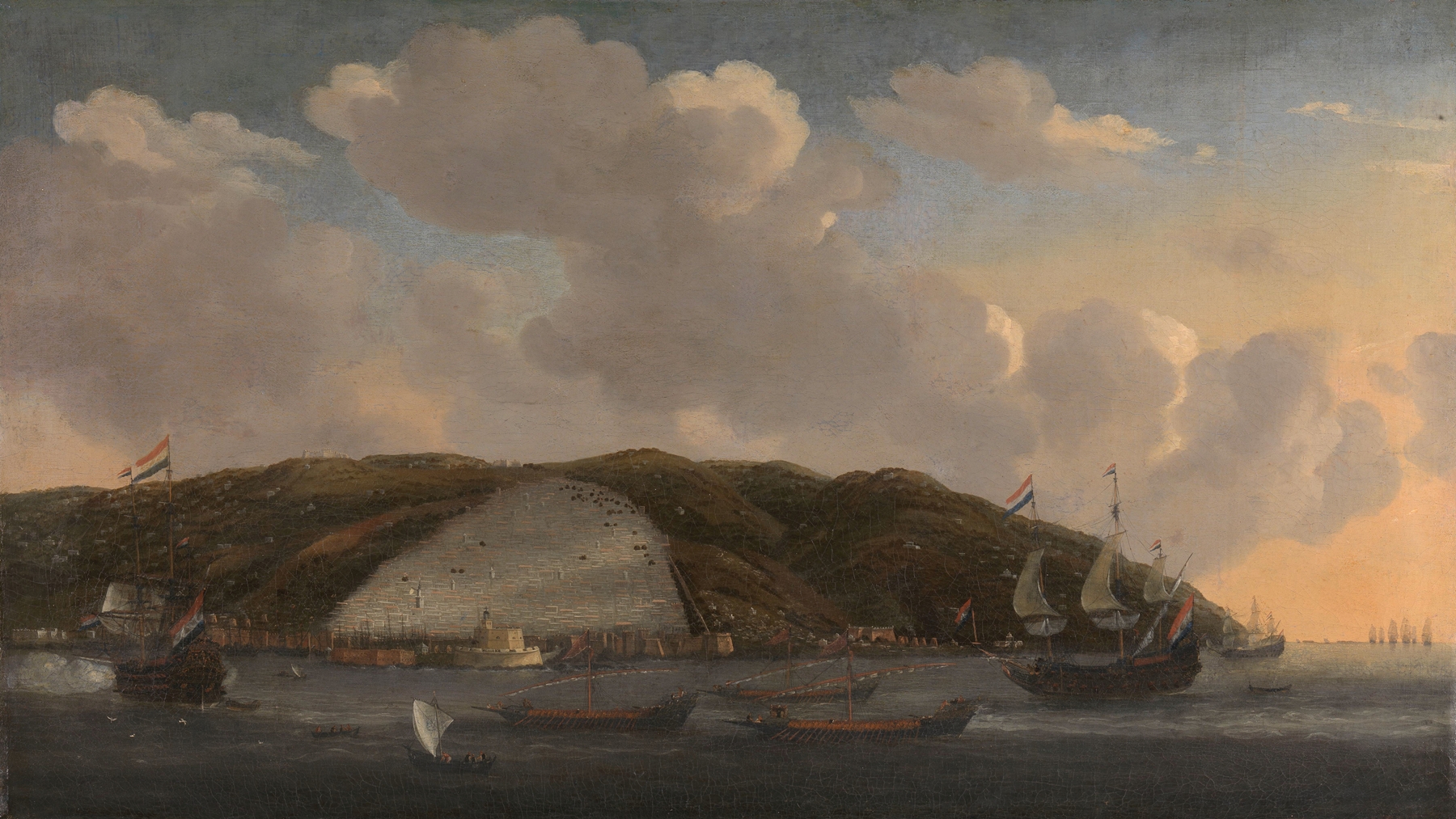
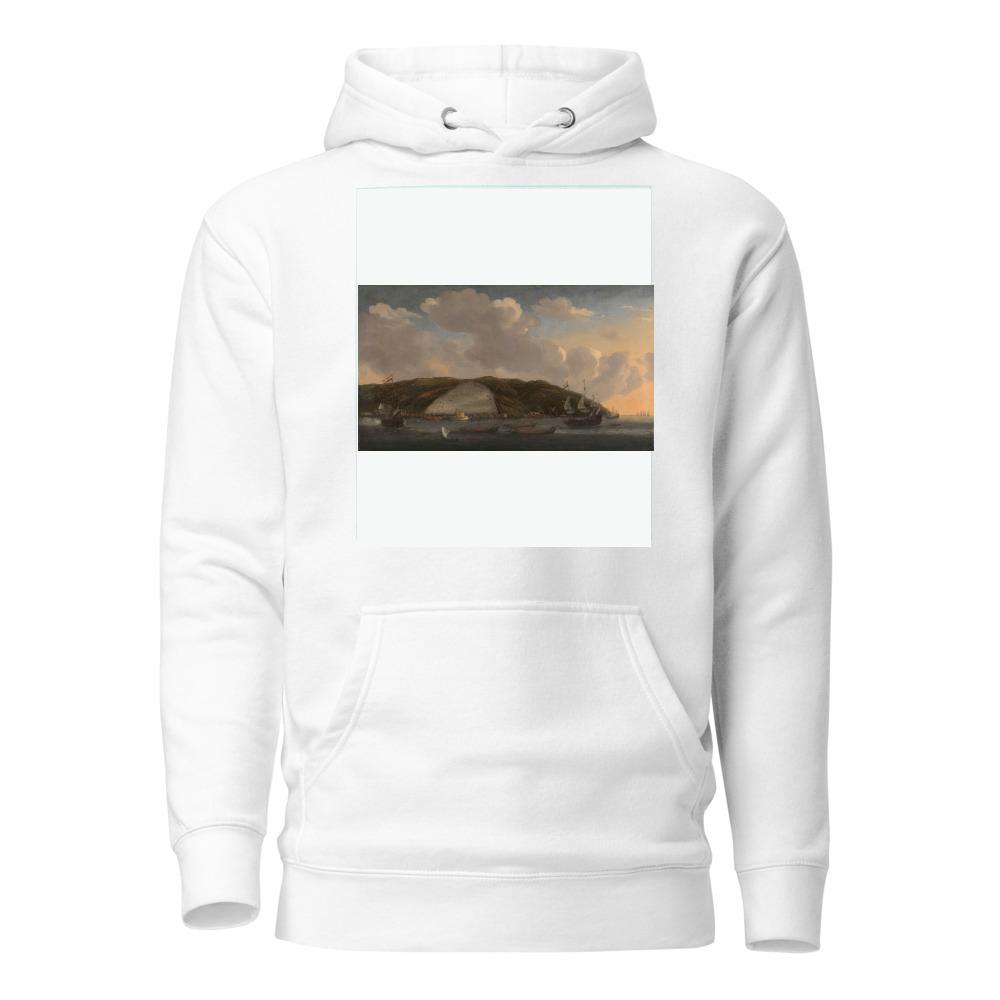
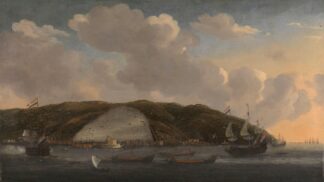
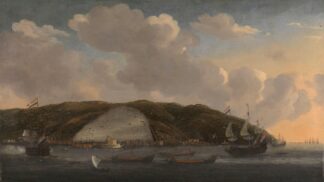
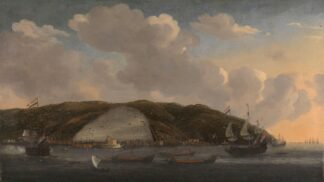
Reviews
There are no reviews yet.